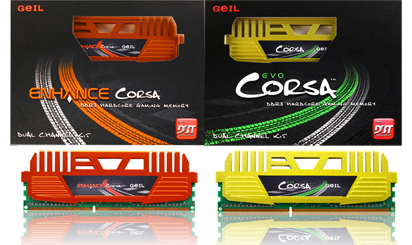
Cost-effective DDR2 and DDR3 modules from Zeppelin
The two mysterious newcomers didn’t go the long way to then let go of the pinch soup, so let the tests follow!
The first round is Everest 4.6.1500 data transmission and delay measurements were performed, here:
In practice, we cannot add too much to the obtained numbers, in terms of reading, DDR2 can compete with DDR3 at the same clock rate, despite the fact that the latter runs with better delay parameters in principle. Of course, we can't talk about an essential difference. Regarding the others, based on the principle "the weak perishes, the strong survives", the clock signal surplus wins over the delay.
We measured the smallest differences in writing, these are practically negligible differences. In this sense, both the delay and the frequency had little effect on this measurement, and they adequately compensate for each other.
Even in copying, the operating frequency is master, although the steps are very close here as well, the numbers increase with the increase of MHz.
Examining the delay time, the clock can once again effectively compensate for the disadvantage of higher reach, DDR1333 running at 3 MHz can perform at the forefront, but the 1066 measurement is also close to it. The lag of DDR2 at 667 MHz is strikingly large.
We will continue to stay at Everest, but we will move on to the built-in static tests:


















